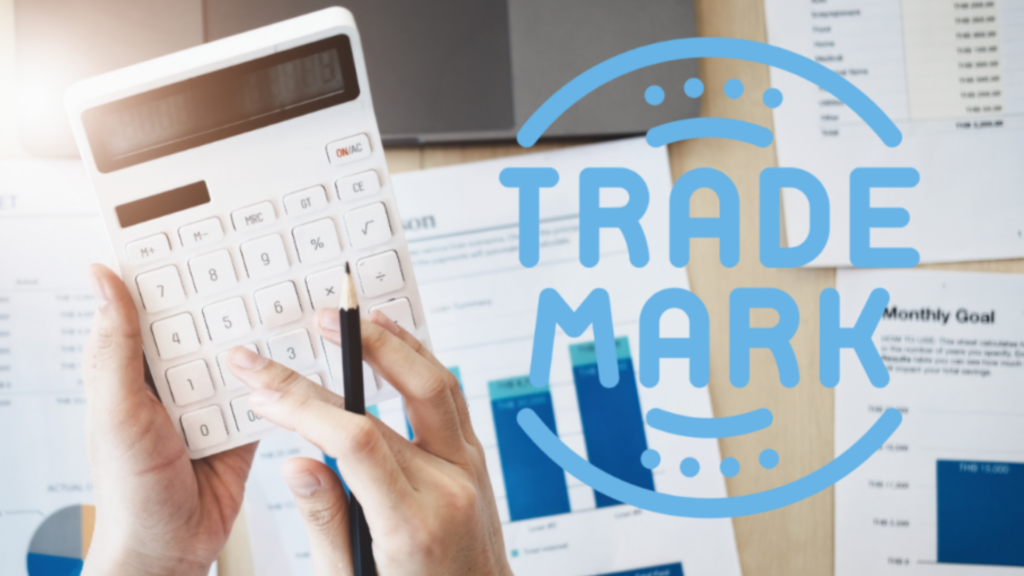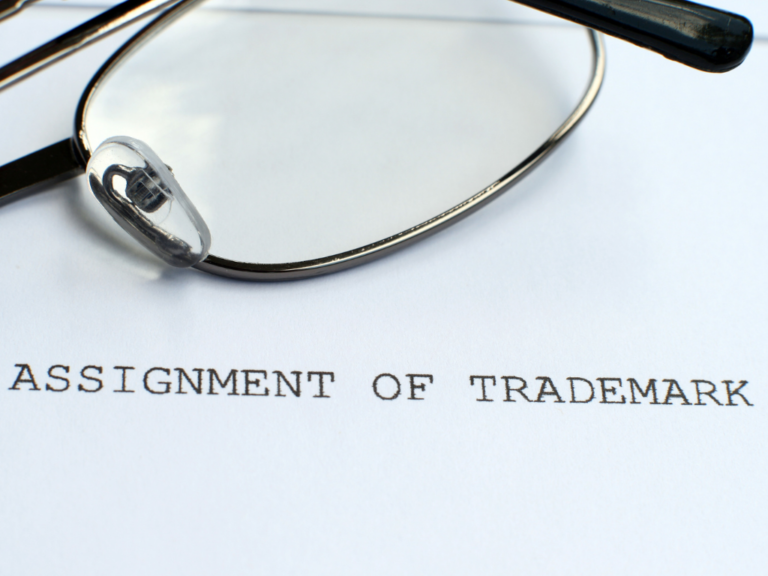Call us now:
Methods of Brand Valuation in Vietnam. A brand is a highly valuable asset for any business. In many cases, brand valuation is essential to facilitate business capital contributions, mergers and acquisitions, brand transfers or licensing, court proceedings for resolving trademark disputes, or handling corporate bankruptcy procedures. So, how many methods exist for brand valuation in Vietnam, and what are the specific steps involved in each approach?

What is Brand Valuation in Vietnam?
Brand valuation in Vietnam is the process of determining the monetary value of a brand in the marketplace at a specific location and point in time. This valuation is conducted to meet specific objectives, such as mergers and acquisitions, financial reporting, legal disputes, or investment assessments, and follows established valuation standards. Through this process, a brand’s worth is assessed by analyzing various factors, including its reputation, market position, customer loyalty, and projected future earnings. This approach not only helps businesses understand their brand’s economic significance but also provides insights into strategic decision-making for growth and brand management.
Cases Requiring Brand Valuation in Vietnam
Brand valuation is essential in various situations to determine a brand’s economic worth accurately. Some of the specific cases where brand valuation is necessary include:
- Inventory and Asset Assessment: Valuing the brand as part of a comprehensive review of a company’s assets.
- Equity Contributions and Corporate Restructuring: When using a brand as capital in business investments, or in the process of division, separation, merger, acquisition, or consolidation of enterprises.
- Collateral for Loans: Using the brand as collateral to secure financing from credit institutions, where a precise brand valuation strengthens borrowing potential.
- Transfer or Licensing of Trademark Rights: When selling or licensing the rights to use a brand, a valuation helps determine fair compensation or licensing fees.
- Litigation and Dispute Resolution: Providing an official valuation to support legal proceedings, particularly in cases of trademark disputes or intellectual property infringements.
- Liquidation and Bankruptcy: Determining the brand’s value to include in the liquidation of assets if a business is dissolved or declared bankrupt.
- Brand Protection Measures and Costs: Estimating the necessary costs for brand protection, such as registration, renewals, and other legal safeguards to maintain and defend the brand’s value in the market.
By conducting a thorough valuation in these cases, businesses can make informed decisions about leveraging, protecting, or divesting their brand assets in line with their strategic and financial goals.
Law of Brand Valuation in Vietnam
The legal framework for brand valuation in Vietnam is spread across several documents, including the Price Law, various decrees guiding the Price Law on valuation, and Vietnam’s system of valuation standards.
Among these, Valuation Standard No. 13 on intangible asset valuation, issued under Circular No. 06/2014/TT-BTC dated January 7, 2014, by the Ministry of Finance, is considered the most significant document. It outlines the approaches for valuing intellectual property assets in general and brands in particular. Each of these approaches encompasses various valuation methods.
Brand valuation services are classified as conditional business services in Vietnam. Organizations wishing to offer valuation services must meet establishment and operational requirements as prescribed by Vietnamese law. Additionally, valuation practitioners must meet specific professional qualifications and adhere to ethical standards during the asset valuation process.
Methods of Brand Valuation in Vietnam
The specific methods for brand valuation are detailed in Valuation Standard No. 13 on intangible asset valuation, issued under Circular No. 06/2014/TT-BTC dated January 7, 2014, by the Ministry of Finance.
Accordingly, brand valuation approaches include the market approach, the cost approach, and the income approach. Each of these approaches encompasses various specific valuation methods. Based on the timing of the valuation, the purpose of the valuation, and the available information and data on the asset to be valued, the valuer will select the most suitable valuation approach.
Market Approach
The value of the intellectual property asset to be appraised is determined by comparing and analyzing information from similar intangible assets with market transaction values. The appraiser uses at least three comparable intellectual property assets for the comparison. This method can also be used to supplement other valuation methods.
The advantage of this approach is that it relies on market data, making the valuation results generally regarded as highly reliable. However, a limitation is that each intellectual property transaction is unique, so finding a directly comparable transaction can be challenging.
Cost Approach
The cost approach estimates the value of intellectual property rights based on the cost to recreate identical rights or the replacement cost to develop a similar intellectual property asset with the same function and utility at current market prices.
Estimated Intellectual Property Value = Reproduction Cost (Replacement Cost) – Accumulated Depreciation + Producer’s Profit (where the producer’s profit is determined through comparison, investigation, and survey methods).
The cost approach includes two main methods:
- Reproduction Cost Method: This method determines the value of intellectual property by calculating the cost to create a similar asset matching the original intellectual property rights based on current market prices.
- Replacement Cost Method: This method determines the value of intellectual property by calculating the cost to replace it with another asset that has similar function and utility, based on current market prices.
Income Approach
The income approach determines the value of intellectual property rights through the present value of income, cash flows, and cost savings generated by the intellectual property. This method focuses on the estimated revenue that the intellectual property owner expects to receive during the term of the intellectual property rights. The income approach includes three main methods: the royalty relief method, the excess earnings method, and the incremental income method.
Royalty Relief Method:
This method calculates the value of intellectual property based on the present value of cash flows generated by allowing others to use the intellectual property. It assumes that an organization or individual who does not own the intellectual property would pay to use it. Therefore, this method calculates the intellectual property’s value through the savings in royalty payments that the organization or individual would gain by owning the intellectual property. This is done by discounting future cash flows, represented by the post-tax royalty savings (if applicable).
Excess Earnings Method:
This method determines the value of intellectual property based on the profit difference achieved by a business with and without the use of the intellectual property. In the excess earnings method, the intellectual property value is estimated based on the difference in present value between two discounted cash flow streams—one where the intellectual property is used to generate additional income for the owner and another where it is not used.
Incremental Income Method:
This method assesses the value of intellectual property by calculating the present value of cash flows attributed solely to the intellectual property’s contribution, after excluding the proportion of cash flows generated by other assets (tangible assets, financial assets).
Brand Valuation Documentation
The documentation required for brand valuation includes the following:
- A written request for brand valuation.
- Protection certificates for intellectual property rights established by registration or documents proving ownership of unregistered intellectual property rights.
- Other relevant documents related to the valuation object.
Contact Us Now:
DCNH LAW
Address: 38B Tran Nhat Duat, Phuoc Hoa ward, Nha Trang city, Khanh Hoa province, Vietnam.
Phone: (+84) 343320223 – 974278893
Email: dcnh.law@gmail.com



